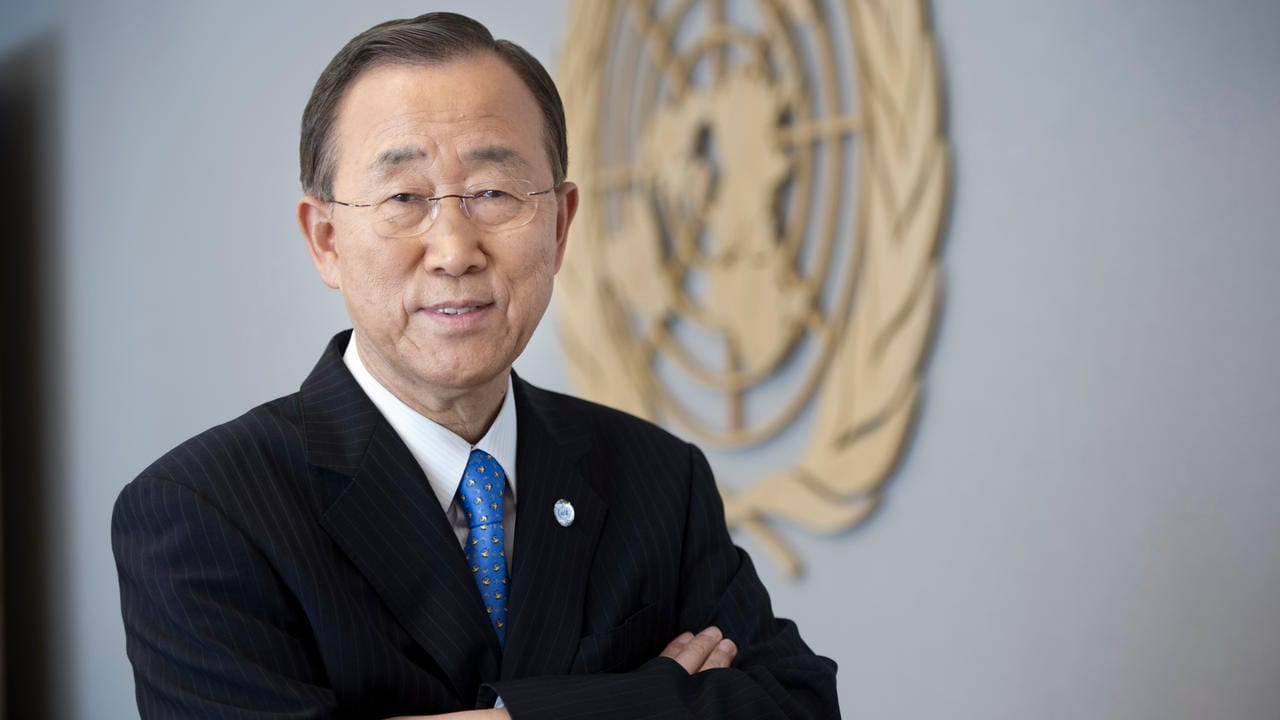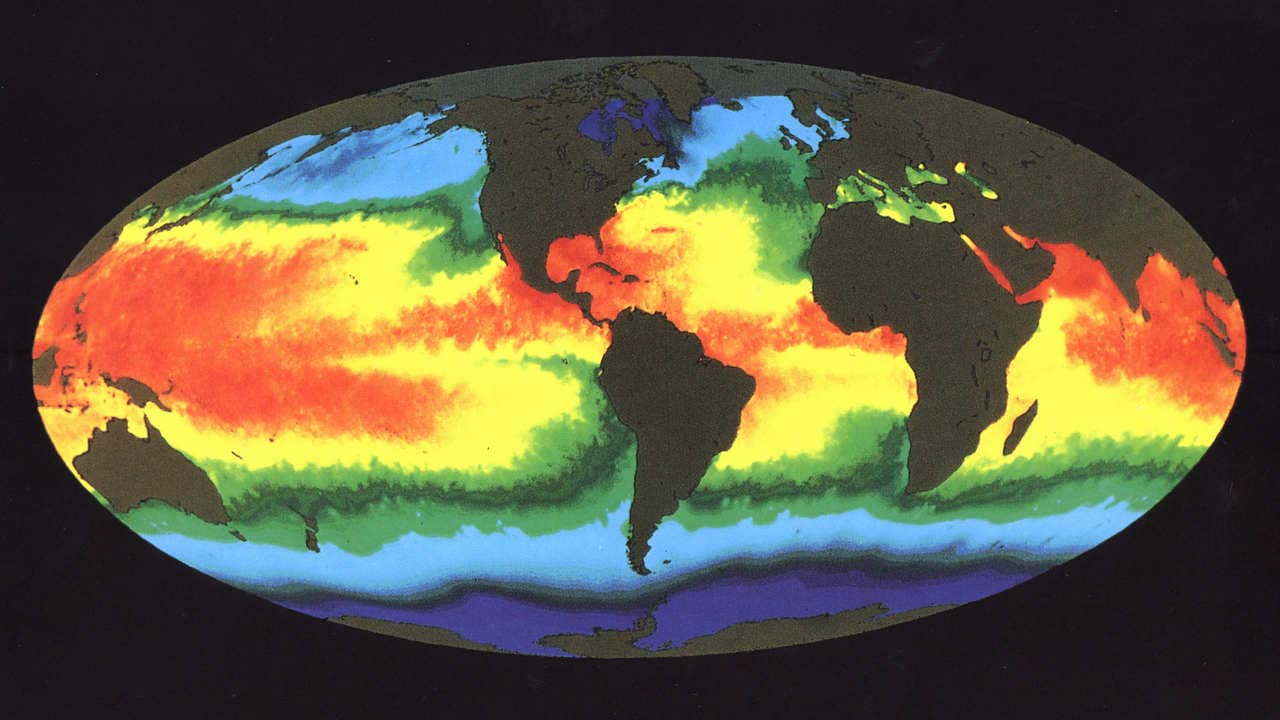Agence France-PresseSep 10, 2019 11:54:46 IST
Nations rich and poor must invest now to protect against destructive climate change impacts already in the pipeline or pay an even heavier price later, a global commission led by former UN head Ban Ki-moon warned Tuesday.
Spending $1.8 trillion across five key areas over the next decade would not only help buffer the worst impacts of global warming but could generate more than $7 trillion in net benefits, the report from the Global Commission on Adaptation argued.
“Global actions to slow climate change are promising but insufficient,” the report concluded. “We must invest in a massive effort to adapt to conditions that are now inevitable.”

ex-UN head Ban Ki-moon
Investing now in early warning systems, climate-resistant infrastructure, mangrove protection, better agriculture and improving freshwater resources would pay for itself several times over, it said.
Mangroves — tropical tidal water forests — protect, for example, against storm surges and act as nurseries for commercial fisheries, but at least a third of them globally have been uprooted for tourism or aquaculture.
Without action by 2030, Ban told journalists, “climate change could push more than 100 million people in developing countries below the poverty line”.
“People everywhere are experiencing the devastating impacts of climate change,” said Microsoft founder Bill Gates, co-chair of the report along with World Bank CEO Kristalina Georgieva.
In the 25-year history of UN climate negotiations, adaptation has trailed far down the agenda compared with “mitigation”, or the reduction of carbon emissions.
It was long seen as an issue only affecting poor and developing nations.
But recent massive inland flooding and a string of record-breaking hurricanes in the United States, along with ferocious heatwaves in Europe and Japan, have shown that wealth is not an adequate shield.
“This is not just in the developing world but the developed world too,” said Dominic Molloy, a co-author of the report from Britain’s Department for International Development. But a new focus on adapting should not detract from the need to slash carbon pollution, he added. “We absolutely need to do both, reduce emissions and adapt,” Molloy told AFP. “The purpose of this commission was to raise the visibility of adaptation, not shift away from mitigation.”
Cost of failure
Failure to curb the greenhouse gas emissions slow-roasting the planet has already unleashed a crescendo of deadly heat waves, water shortages and superstorms made more destructive by rising seas.
The Bahamas was devastated this month by one of the strongest Atlantic storms on record.

This illustration of Earth’s sea surface temperature. Image credit: NASA
Earth’s average surface temperature has gone up 1C since the late 19th century, and is on track — at current rates of CO2 emissions — to warm another two or three degrees by century’s end.
The 2015 Paris Agreement calls for capping global warming at “well below” 2C, and 1.5C if possible.
The report’s $1.8 trillion adaptation price tag for the period 2020-2030 is not an estimate of global needs, covering only warning systems and the four other areas identified.
The $7.1 trillion dividend is based on the World Bank calculation that the value of damage caused by climate change is increasing, averaged across the globe, at about 1.5 percent per year.
“If we delay mitigation any further, we will never be able to adapt sufficiently to keep humanity safe,” said Christiana Figueres, a report commissioner and former head of the UN forum for climate change negotiations.
Find our entire collection of stories, in-depth analysis, live updates, videos & more on Chandrayaan 2 Moon Mission on our dedicated #Chandrayaan2TheMoon domain.
Post a Comment